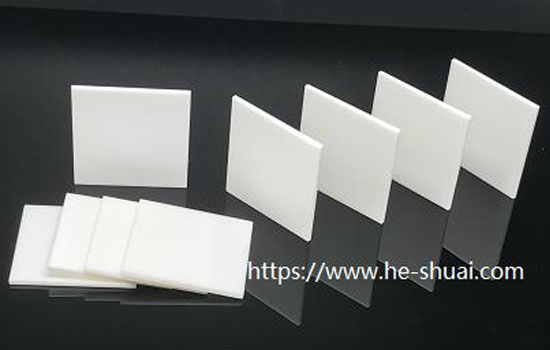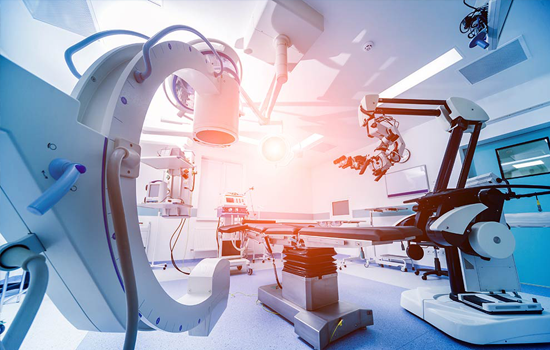The secret of «wear-resistant» alumina ceramics

"Friction" is a fairly common phenomenon, which is always accompanied by human activities, such as friction when walking, friction when driving cars, and friction when running trains. The physical phenomenon caused by this relative movement seems to be very friendly to humans, but in fact it often shows a hideous side.
For example, in industry, the "friction" between two objects is often harmful, and it will cause wear on the contact surface of the object, and severe wear may even make the normal working motion mechanism ineffective. In order to cope with this industrial enemy, people often use advanced ceramic materials with excellent wear resistance as a substitute for ordinary metals or plastics, or cover the surface of vulnerable workpieces with wear-resistant ceramics to improve their durability.
Compared with ordinary metals or plastics, wear-resistant ceramics have the following advantages: high hardness, high strength, good wear resistance, more than 100 times higher than manganese steel, high chromium steel, high temperature resistance, acid and alkali corrosion resistance, light weight, only Half of the steel can greatly reduce the load on the equipment. Among them, alumina ceramics have become one of the most commonly used wear-resistant materials in this field because of their very affordable prices and are quite suitable for industrial applications. They are compared in ore crushing processing systems, raw material grinding systems, and high-speed cutting. "Wild and unrestrained" occasions can be seen everywhere.
Since the friction and wear properties of ceramic materials are critical to their ability to serve well, if alumina ceramics "control" friction, it is necessary to understand and study the relationship between it and friction.
Evans has conducted a systematic study on the factors affecting the wear rate of ceramic materials, and found that the hardness and fracture toughness of ceramic materials are the key factors affecting the wear rate, and the wear rate of ceramic materials with high hardness and fracture toughness is low. For the goal of improving the hardness and fracture toughness of ceramic materials, scholars from various countries have carried out a lot of research work, which can be divided into the following aspects for analysis:



